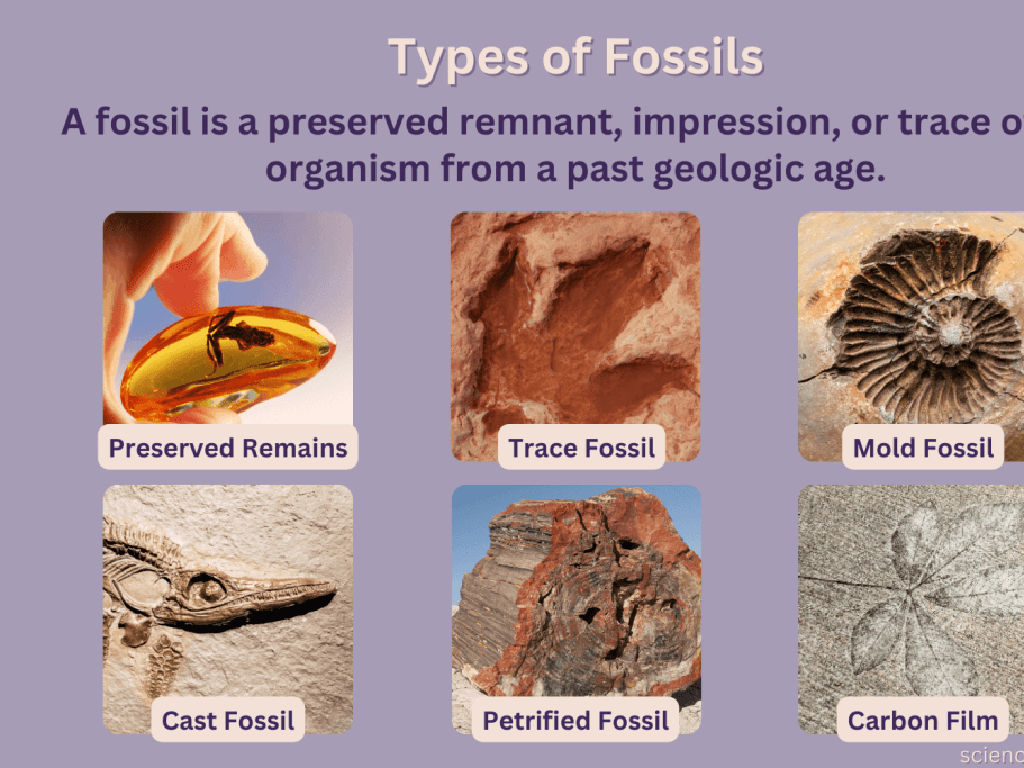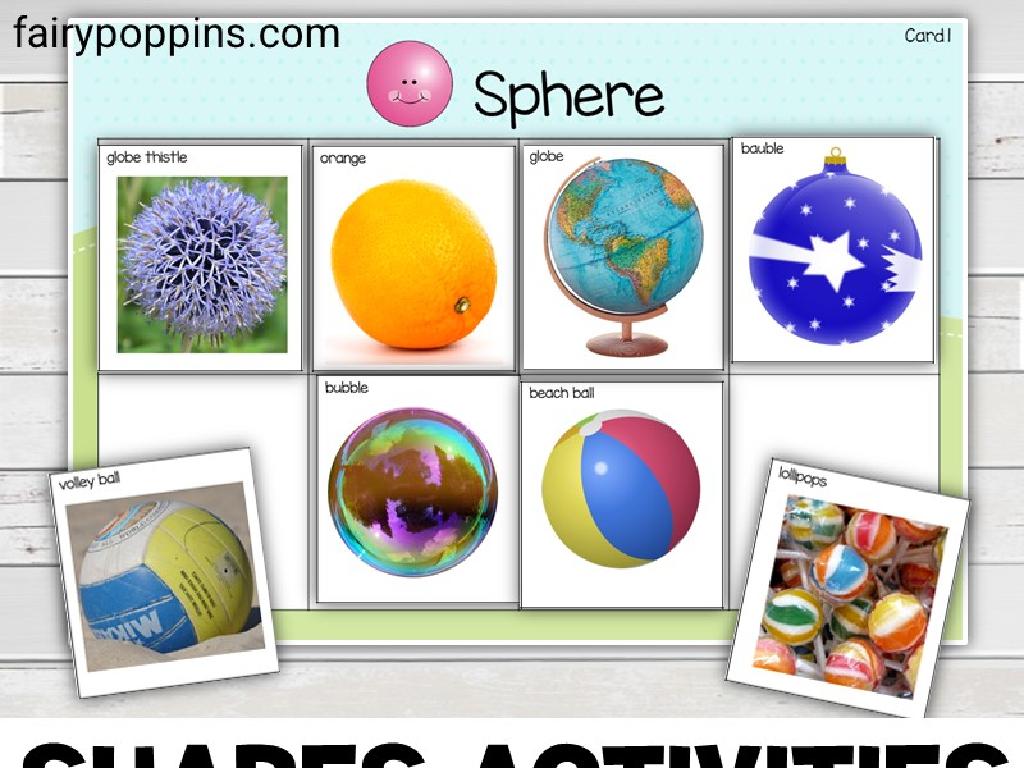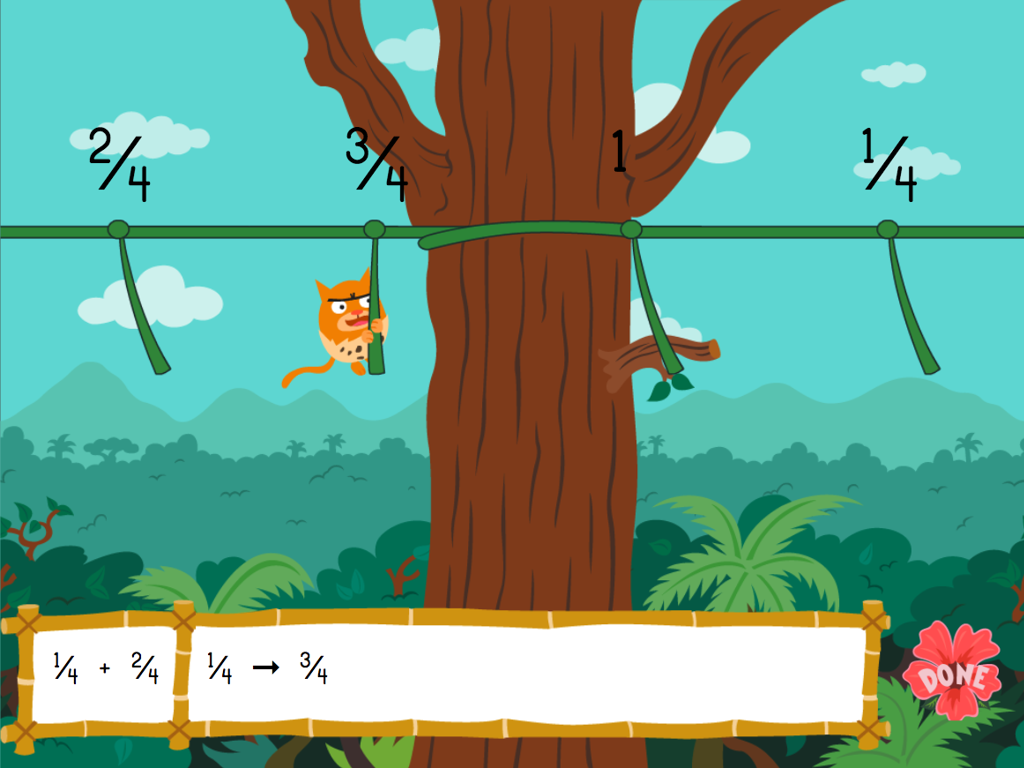Identify Shortage And Surplus
Subject: Social studies
Grade: Seventh grade
Topic: Supply And Demand
Please LOG IN to download the presentation. Access is available to registered users only.
View More Content
Introduction to Supply and Demand
– Explore basic economics
– Define supply and demand
– Supply is how much is available, demand is how much is wanted
– Impact on everyday life
– Prices of goods, what’s available in stores
– Recognizing shortage and surplus
– Shortage: not enough of an item, surplus: too much of an item
|
This slide introduces the foundational concepts of economics, focusing on supply and demand. Begin by explaining that economics is the study of how people use resources to meet their needs and wants. Define supply as the amount of a product or service that is available, and demand as the amount that is wanted by consumers. Discuss how supply and demand affect everyday life, such as the cost of items and their availability in stores. Highlight that an imbalance in supply and demand can lead to a shortage (when demand exceeds supply) or a surplus (when supply exceeds demand). Use real-life examples like a popular toy running out during the holidays (shortage) or unsold items during a clearance sale (surprise). Encourage students to think of examples they have experienced.
Understanding Shortages in Supply and Demand
– Define a shortage
– A shortage occurs when demand exceeds supply.
– Explore causes of shortages
– Causes can include increased demand, reduced supply, or both.
– Examine a real-world example
– Popular toys during holidays often face shortages due to high demand.
– Discuss impact on consumers
– Shortages can lead to price increases and consumer competition.
|
This slide aims to explain the concept of a shortage within the context of supply and demand. A shortage happens when there’s not enough of a product or service to meet the demand. Discuss various reasons why shortages may occur, such as natural disasters affecting production or sudden spikes in popularity. Use the example of a popular toy during the holiday season to illustrate how a surge in demand can lead to a shortage, causing frustration for consumers and sometimes leading to higher prices or long lines. Encourage students to think of other examples and consider the effects of shortages on their daily lives.
Understanding Surplus in Supply and Demand
– Define surplus in economics
Surplus occurs when supply exceeds demand for a product or service.
– Explore causes of a surplus
Overproduction, reduced demand, or pricing issues can lead to surplus.
– Example: Unsold smartphones
For instance, if a company produces more smartphones than consumers buy, it results in a surplus of unsold phones.
– Impact of surplus on market
Surplus can lead to price drops, product waste, or storage challenges.
|
This slide aims to explain the concept of surplus within the context of supply and demand. A surplus happens when there’s more of a product available than what people are willing to buy at a certain price. It’s important for students to understand that surplus can be caused by various factors such as overestimating demand or setting prices too high. Using a relatable example, such as unsold smartphones, helps students grasp the real-world implications of surplus. Discuss how companies might handle surplus goods, including lowering prices, holding sales, or even destroying excess products. Encourage students to think about how surplus affects both businesses and consumers.
Effects of Shortage and Surplus on Supply and Demand
– Price fluctuations due to shortage
– Shortage can drive prices up as demand exceeds supply.
– Surplus impacts on pricing
– When surplus occurs, prices may drop to boost sales.
– Consumer response to market changes
– Buyers may wait for lower prices; sellers may stockpile or reduce production.
– Short-term vs. Long-term market effects
– Immediate effects include rapid price changes; long-term effects may stabilize.
|
This slide aims to explain the dynamics of shortage and surplus in the market and their effects on prices, consumer behavior, and producer decisions. A shortage, where demand outstrips supply, typically causes prices to rise as consumers compete for limited goods. Conversely, a surplus, where supply exceeds demand, can lead to price drops as producers try to sell excess stock. Consumer behavior is influenced by these price changes; they may delay purchases hoping for lower prices or rush to buy in a shortage. Producers might reduce production in response to surplus or increase prices during a shortage. Over time, the market may self-correct as supply and demand reach equilibrium. Discuss with students how these concepts play out in real-world scenarios, such as holiday toy shortages or oversupply in the housing market.
Identifying Shortage and Surplus
– Read supply and demand graphs
– Graphs show the relationship between supply, demand, and price.
– Find equilibrium, shortage, surplus
– Equilibrium is where supply equals demand; shortage and surplus occur when they don’t match.
– Activity: Scenario analysis
– Analyze given scenarios to determine if there’s a shortage or surplus.
– Discuss real-world implications
|
This slide introduces students to the concepts of shortage and surplus within the framework of supply and demand. Begin by explaining how to read supply and demand graphs, emphasizing the importance of understanding the relationship between supply, demand, and price. Next, define equilibrium as the point where the quantity supplied equals the quantity demanded, and explain that a shortage occurs when demand exceeds supply, while a surplus occurs when supply exceeds demand. The class activity involves students analyzing different scenarios to identify whether a shortage or surplus is present, which will help solidify their understanding of the concepts. Encourage students to think about how shortages and surpluses can affect their daily lives, such as the availability of their favorite products.
Class Activity: Market Simulation
– Form buyer and seller groups
– Engage in a simulated market
– Some groups will have limited items, others an excess
– Observe shortage and surplus effects
– Notice how scarcity or abundance affects prices and decisions
– Reflect on the market experience
– Share your thoughts on how the market conditions made you feel
|
This interactive class activity is designed to help students understand the concepts of shortage and surplus in a market setting. Divide the class into small groups, some acting as buyers and others as sellers. Provide sellers with varying amounts of products, creating situations of both scarcity and excess. Allow the groups to trade, and observe how the availability of products affects their value and the decisions made by buyers and sellers. After the simulation, facilitate a discussion where students can talk about their experiences and feelings during the activity. This will help them grasp the real-world implications of supply and demand. Possible variations of the activity could include using different types of products, introducing price controls, or having external events that affect the market.
Understanding Shortage and Surplus: Conclusion
– Recap: Shortage vs. Surplus
– Shortage: demand > supply. Surplus: supply > demand.
– Relevance to daily life
– Think about times when you wanted more of something that was scarce, or less of something that was plentiful.
– Encourage student questions
– Share personal thoughts
– Reflect on how understanding these concepts helps us make better choices.
|
This slide wraps up the lesson on shortage and surplus by summarizing the key points. It’s important to make the connection between these economic concepts and everyday life, helping students see the relevance of supply and demand. Encourage students to ask questions about anything they may not understand and to share their own experiences or thoughts related to shortages or surpluses they have encountered. This reflection and open discussion will help solidify their understanding and allow them to apply these concepts to real-world situations. As a teacher, be prepared to guide the discussion, provide examples, and answer questions to ensure a comprehensive understanding.






